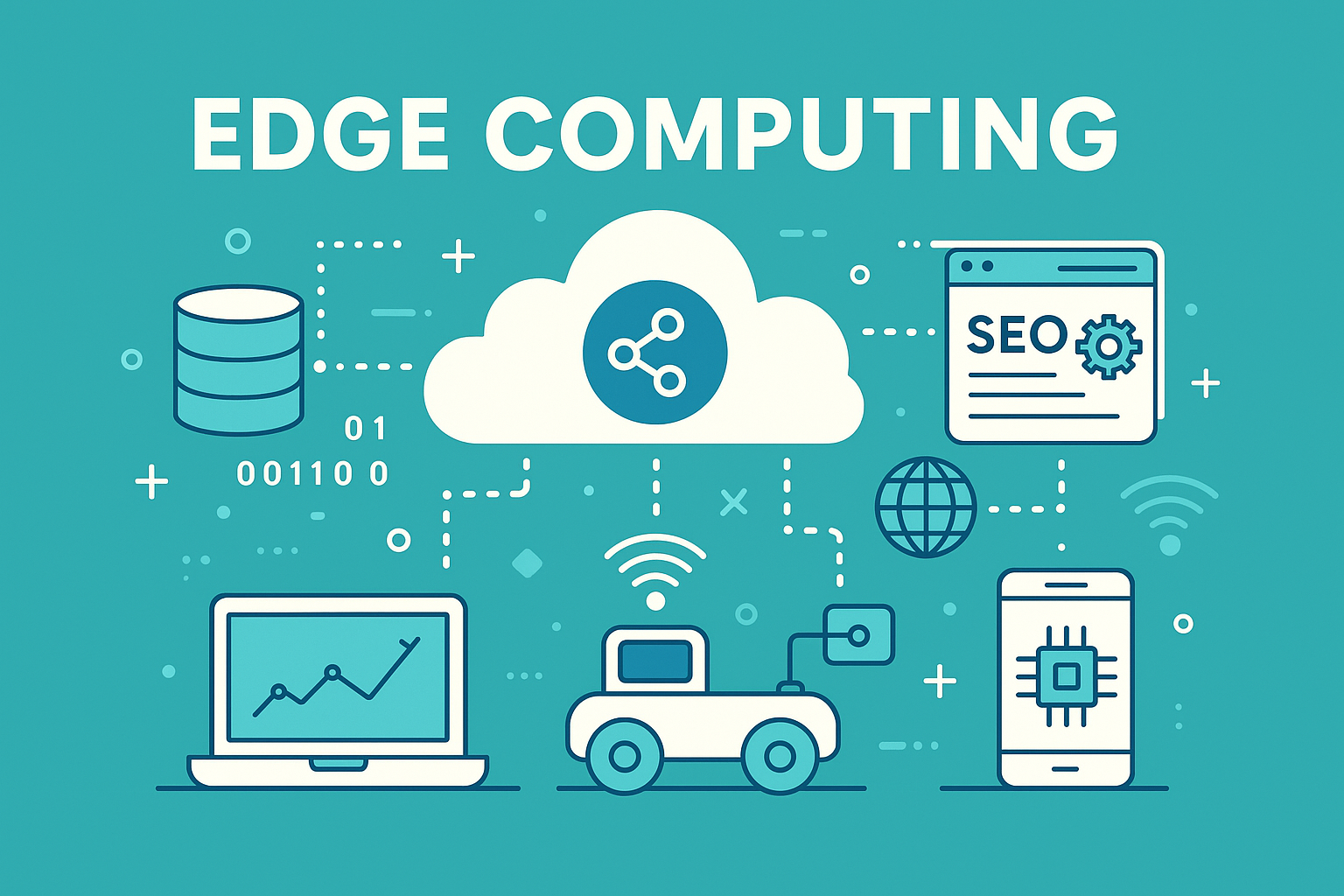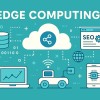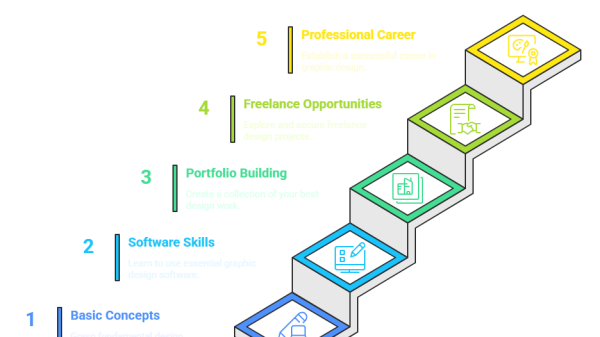Meta Description:
Discover how edge computing is transforming data processing, reducing latency, and powering next-gen technologies like IoT and AI. Learn why businesses are rapidly adopting edge infrastructure in 2025.
Introduction
In 2025, edge computing has emerged as one of the most disruptive technologies shaping the digital world. As data generation skyrockets due to IoT devices, AI applications, and smart infrastructure, traditional cloud models are struggling to keep up. Enter edge computing — a decentralized approach that processes data closer to the source.
In this article, we explore what edge computing is, how it works, and why it’s crucial for the future of tech.
What is Edge Computing?
Edge computing is the practice of processing data near the “edge” of the network — where the data is generated — rather than relying solely on centralized cloud servers. This minimizes latency, reduces bandwidth usage, and improves real-time performance.
For example, instead of sending data from a self-driving car to a distant data center, edge computing allows decisions to be made instantly at a nearby node.
Key Benefits of Edge Computing
- Low Latency: Immediate data processing enhances user experience, especially for time-sensitive applications like AR/VR or autonomous vehicles.
- Reduced Bandwidth Costs: Only essential data is sent to the cloud, reducing network congestion and associated costs.
- Improved Security: Processing data locally limits exposure to cyber threats during transmission.
- Real-time Decision Making: Critical in industries like healthcare, manufacturing, and smart cities.
Edge vs. Cloud: What’s the Difference?
| Feature | Cloud Computing | Edge Computing |
|---|---|---|
| Data Processing | Centralized | Decentralized |
| Latency | Higher | Very low |
| Scalability | High | Moderate (but growing) |
| Ideal Use Case | Data storage, SaaS | IoT, real-time systems |
Real-World Applications
- Smart Cities: Edge-enabled traffic systems optimize flow in real-time.
- Healthcare: Edge devices in hospitals assist in diagnostics without internet delays.
- Retail: Real-time customer analytics from in-store sensors boost marketing precision.
Future Outlook
According to Gartner, by 2026, over 50% of enterprise-generated data will be created and processed outside traditional data centers. Businesses that adopt edge computing early will gain a significant competitive edge in innovation, speed, and customer satisfaction.
Conclusion
Edge computing isn’t just a buzzword — it’s a fundamental shift in how we handle data. As the demand for speed and intelligence increases, edge infrastructure will become as essential as cloud services.
Stay ahead of the curve. Embrace the edge.










